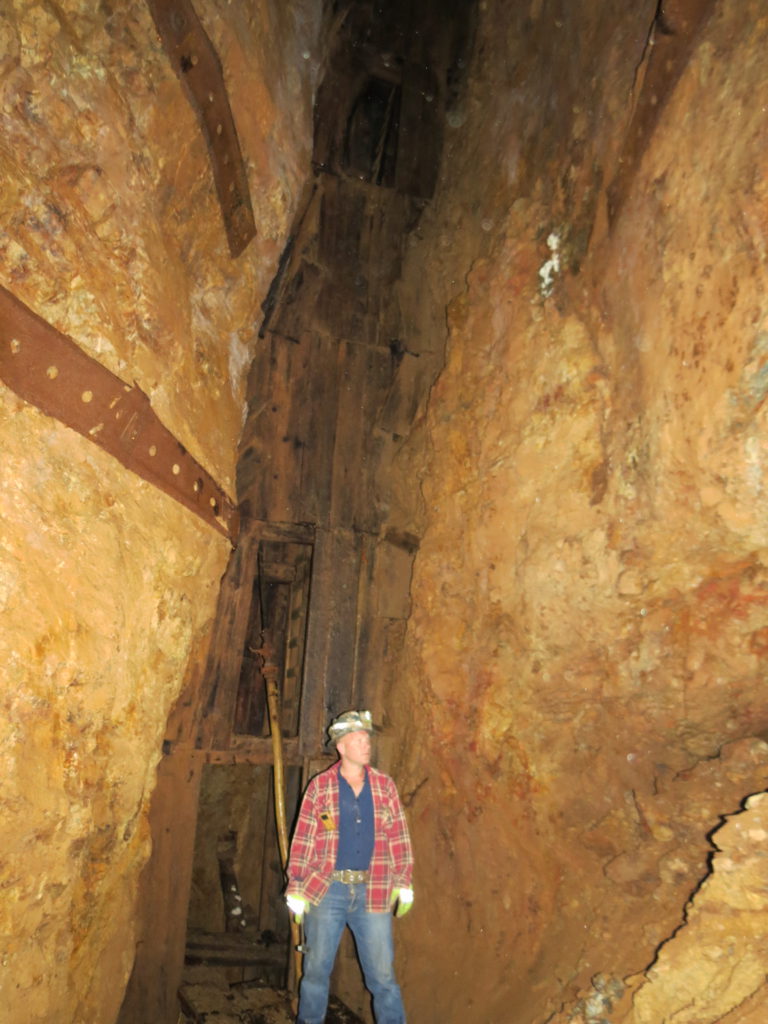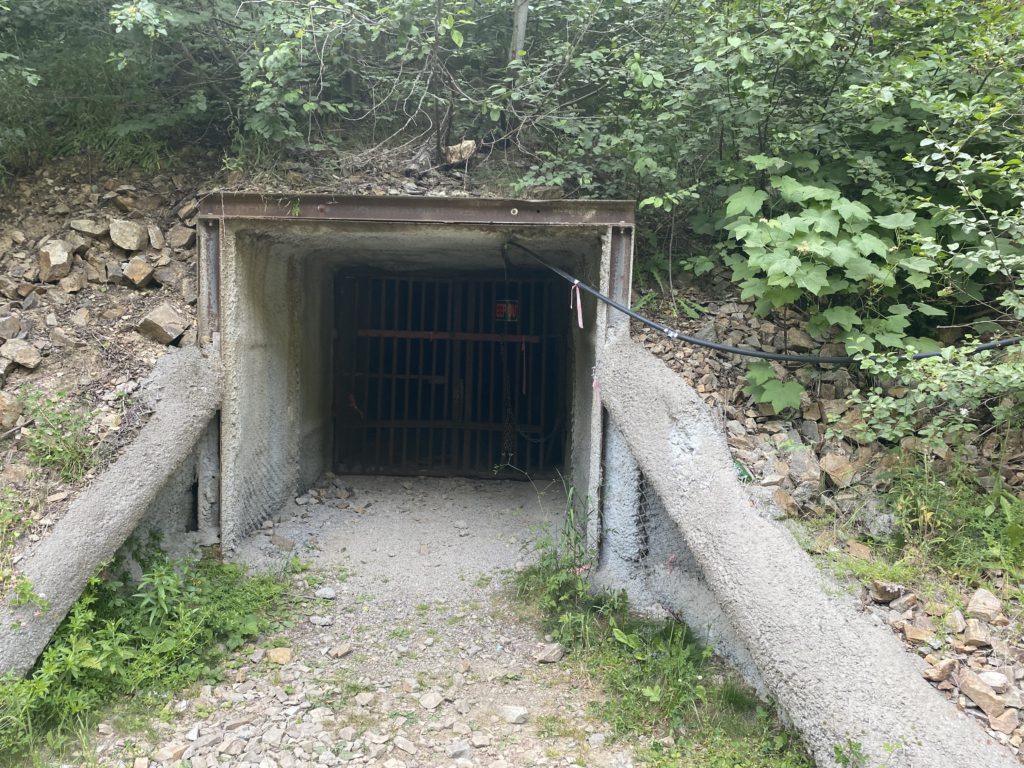Silver Hammer aims at large-scale resource growth and near-term production
“Our first phase of drilling on Silver Strand will include initial underground drilling from the drilling bay that was established through now completed mine rehabilitation work.”
Silver Hammer Mining president Morgan Lekstrom
The junior had completed the acquisition of Silver Hammer Mining in June, paying C$2.1 million in cash and scrip.
The transaction followed the April 30 completion of its initial public offering of common shares through its agent, Canaccord Genuity Corp. The offering of 3,000,000 common shares was fully subscribed for gross proceeds of C$300,000.
According to Lekstrom, the Silver Strand mine has a 5.5-kilometre strike length in the Coeur d’Alene mining district. Located in North Idaho’s Silver Valley along Interstate 90, the district is known for its depth potential with numerous deposits and has produced over 1.2 billion ounces of silver.
Shortly following Lekstrom joining the company in June, the company released the results of recent surface rock chip sampling and an underground sampling program at the brownfields project. The geology team collected thirteen rock chip samples from altered and mineralized exposures throughout the mine.
In early August, the company announced the first results from its activities on the project, including a grab sample of 11.79 grams per tonne gold one kilometre beyond the previously sampled area, which provided 255 grams per tonne silver along 5.5 kilometres of mineralized trend. The results also pointed towards strong indications of multiple sub-parallel veins.

“Our first phase of drilling on Silver Strand will include initial underground drilling from the drilling bay that was established through now completed mine rehabilitation work. We’ll also drill select shallow surface targets designed to test for lateral vein extensions along strike,” said Lektrom in a recent interview.
Past production stopped at just 90-metres depth, and this first phase of underground drilling will test immediately below what was historically mined at Silver Strand. Results from Phase 1 drilling are also expected to provide insight regarding the plunge, depth, lateral expansion, and dip of the veins, which will underpin the company’s modelling and follow-up drilling.
“We are evaluating multiple veins across the property. Expanding the resource potential both down-dip and along the 5.5 kilometres of prospective structural extent is a pivotal step in demonstrating that this project has exploration potential similar to the large deposits that made Coeur d’Alene one of the top silver districts in the world,” said Lekstrom.
Veins within the Revett formation host most of the silver mines in the Coeur d’Alene mining district, including the Sunshine mine, which produced 359 million ounces of silver to depths exceeding 1,800 metres.
Silver Strand is located within the Revett formation and shares similar geological characteristics with the Sunshine mine and other multi-hundred-million-ounce silver deposits also within the Revett formation.
“So, we were able to consolidate a package up to the Burnt Cabin mine, which, when that was completed, it was before I joined actually, and they had a sneaking suspicion that there’s mineralization all the way up there. Through our surface program, we’ve proven that there are pockets of mineralization all the way between Silver Strand and Burnt Cabin. And with good grades. At Burnt Cabin, we’ve had just under 12 grams per tonne of gold and up to 255 grams per tonne silver on that hole strike length from surface,” said Lektrom.
According to the company, if everything goes to plan, the first resource might be out in the next 12 months, followed by a bulk sampling program.

Nevada silver upside
Next up on the company’s asset priority list is the Eliza silver project, in Nevada’s Hamilton District, historically the USA’s most productive silver district. The company had recently staked an additional 52 new claims at Eliza, more than doubling its land package. With the addition of these new claims, the Eliza land package now comprises 88 claims totalling 5.52 sq.km.
According to Lekstrom, the project can host the ‘missing half’ of the Hamilton deposit, which produced 40 million ounces with grades as high as 18,700 grams per tonne silver.
The Silver Hammer team plans to deploy a new geologic model, which will explore the down-thrown side of the Eberhardt Fault, which separates the Hamilton District from the Eliza property.
The California mine, which mined ore grading between 5,621 to 18,737 grams per tonne silver-equivalent (AgEq) in the 1870s, is also just south of the Eberhardt Fault, indicating that very high-grade mineralization might be found within the Eliza fault block.
Surface samples collected at the nearby California mine grading 24,956 g/t silver and information gained from a detailed geologic map indicate that Eliza and the Hamilton District contain high-grade silver mineralization hosted by the same formation. However, no significant work or drilling has been done on the project in over half a century.
“Our initial exploration work has identified mineralization that extends onto these newly acquired claims along the lower half of the Eliza project,” said Lekstrom. “We are
currently conducting a mapping and geochemistry program on the property where we see significant potential for discovery in areas that have never been explored using modern exploration techniques. We will use this data to plan an extensive initial exploration program targeted for early 2022.”
Meanwhile, initial results from a sampling program at the company’s Silverton mine, a project sharing similar geology and Aster signature to Kinross Gold’s Round Mountain project, about 108 kilometres to the west, have confirmed surface gold mineralization on the east side of the property.
A sample of 6.1 grams per tonne gold was taken from the silicified tuff. The past-producing Silverton mine is in East Nevada’s ‘Silver Alley’ with high-grade historical production of up to 933 grams per tonne silver. Despite significant surface exposures and grab samples grading up to 499 grams per tonne silver, and 1.99 grams per tonne gold, no modern drilling or subsurface exploration techniques have been conducted on the project since the 1920s.
The first modern work is currently underway, including satellite imaging showing similar colour anomalies to Kinross’s 15-million-ounce Round Mountain gold mine.
British Columbia gold prospect
In Canada, where Silver Hammer is domiciled, it retains early-stage gold optionality via the Lacy mine in British Columbia.
Lacy’s most prominent gold and silver occurrences are exposed along the abandoned CPR railway track (referred to as the Main and East Track gold occurrences), where elevated gold and silver values are associated with pyrite and trace chalcopyrite malachite mineralization.
Historic sampling by Lode Resource Corp in 1987 returned 14.9 grams per tonne gold from rock samples of massive and semi-massive pyrite from the Main Showing located in the southwest portion of the property.
Lekstrom leads a team with ‘big company experience.’ The team is said to have experience in all areas of the mining sector, from early exploration to production and capital markets share structure.
Silver Hammer shares last traded at C50c apiece, capitalizing it at C$16.87 million (US$13.55 million).




